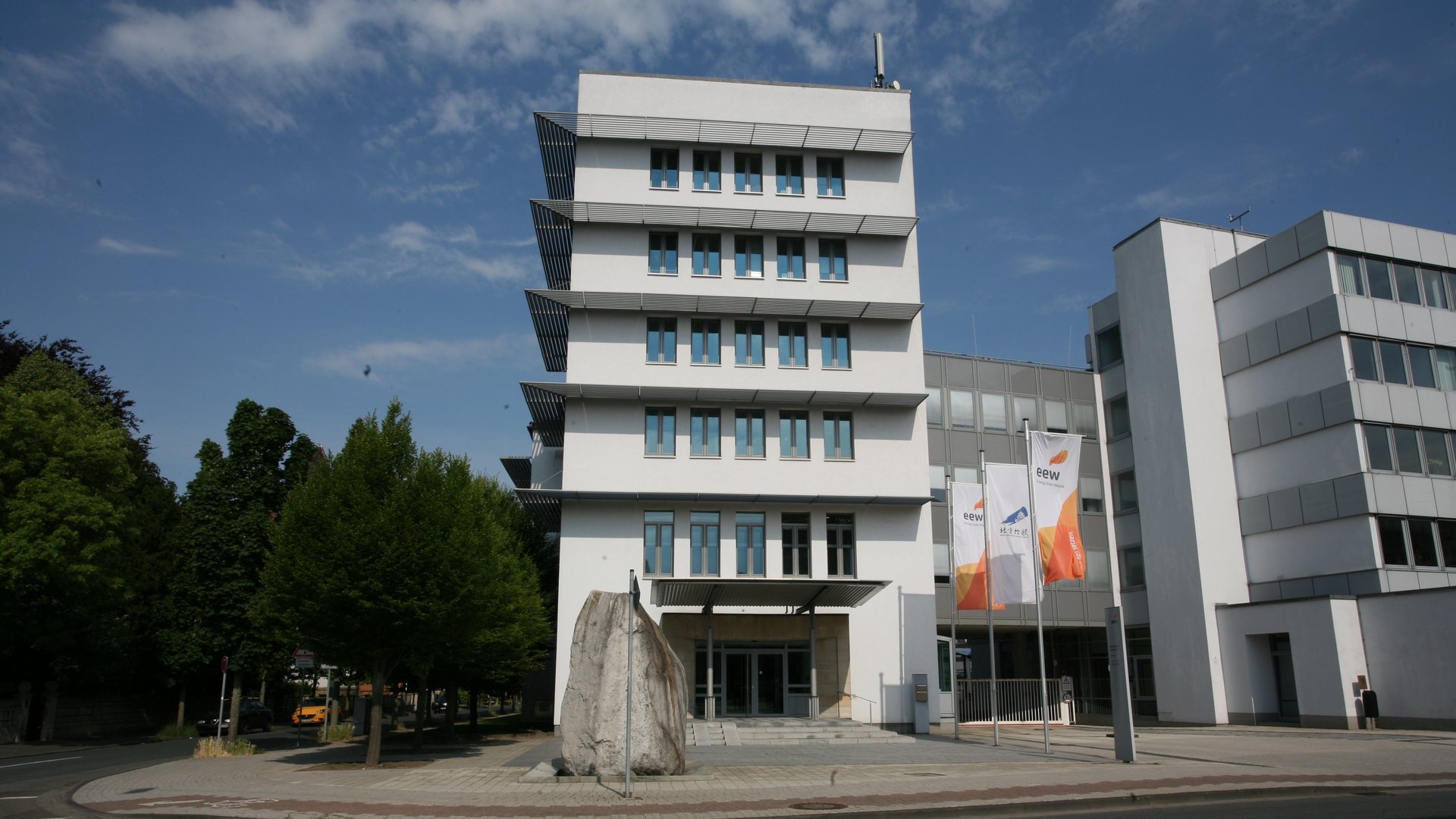From raw coal to energy from waste
Come with EEW Energy from Waste on a journey that has its beginning in 1873 in the form of BKB in shafts and galleries weakly lit by the light from carbide lamps. And finishes in the 21st century in activities across Europe in the field of environmental high-tech.
Experience the metamorphosis that starts with lumps of raw coal and ends with the raw material of waste and its intelligent exploitation.
Nationwide waste incineration
2004 - 2021
2016
Beijing Enterprises Holdings Limited takes over 100% of shares in EEW Energy from Waste from EQT.
Waste incineration as a core business
1990 - 2003
2003
BKB becomes the centre of excellence for the incineration of waste in the E.ON Group.
2000
The Buschhaus power station is certified as a waste management facility when TÜV Nord confirms BKB's capability of recycling sewage sludge economically and in an environmentally justifiable way.
Power generation as the core business
1970 - 1989
1987
The flue gas desulphurisation plant for the Buschhaus power station is inaugurated on June 25. The first tank wagon is filled with liquid sulphur on September 8.
1985
The commissioning of the Buschhaus power station on July 30 is a further milestone in the company's history. At the same time, the Offleben I power station is shut down.
1982
Archaeological excavations start in the Schöningen opencast mine. Nobody suspects yet what sensational treasures will find the light of day.
1980
Construction starts on the Buschhaus power station with the cornerstone for the furnace laid on July 16.
Economic Miracle
1949 - 1969
1969
The brand name for BKB's briquettes is "Ross-Vollglut". An advertising film about the product wins a "Silver Lion" in Cannes.
1967
The carbonisation plant is closed down. Its products could no longer be sold at a profit. It made more sense to generate electricity from lignite. Consequently the Offleben II power station came on stream.
1965
Construction starts on the Offleben II power station and the Para rubber works in Reinsdorf.
1963
The Alversdorf opencast mine is developed. Production comes to a close, however, at the Viktoria opencast mine.
Opencast mining and war
1925 - 1945
1939
The Helmstedt transformer substation is built. The training workshop with its own mining school is created. This signals the beginning of planned apprenticeships.
1933
Start on preparation work for the Wulfersdorf opencast mine. The first bucket wheel excavator is deployed.
The Pioneering Period
1873 - 1915
1915
Merger with Harbker Kohlenwerke AG. BKB becomes the largest mining operation in the Helmstedt-Staßfurt depression.
1906
The power plants, Emma, Treue and Harbke, go into operation. On June 22, 1908, the Duke of Braunschweig visits the Treue pit.
1902
The process of consolidation spells the end of small operations. In the following years, BKB systematically buys up neighbouring mining companies.
1900
Annual coal production reaches a million tons for the first time.
1888
Electricity generation begins - a generator is used for the first time in the "Prinz Wilhelm" underground mine.
1887
BKB evolves from a mining to a production company as it commissions the Treue briquette factory.
1880
BKB begins to mechanize mining. The "Treue" opencast mine opens.
1874
Development of the first opencast mine, "Trendelbusch"




